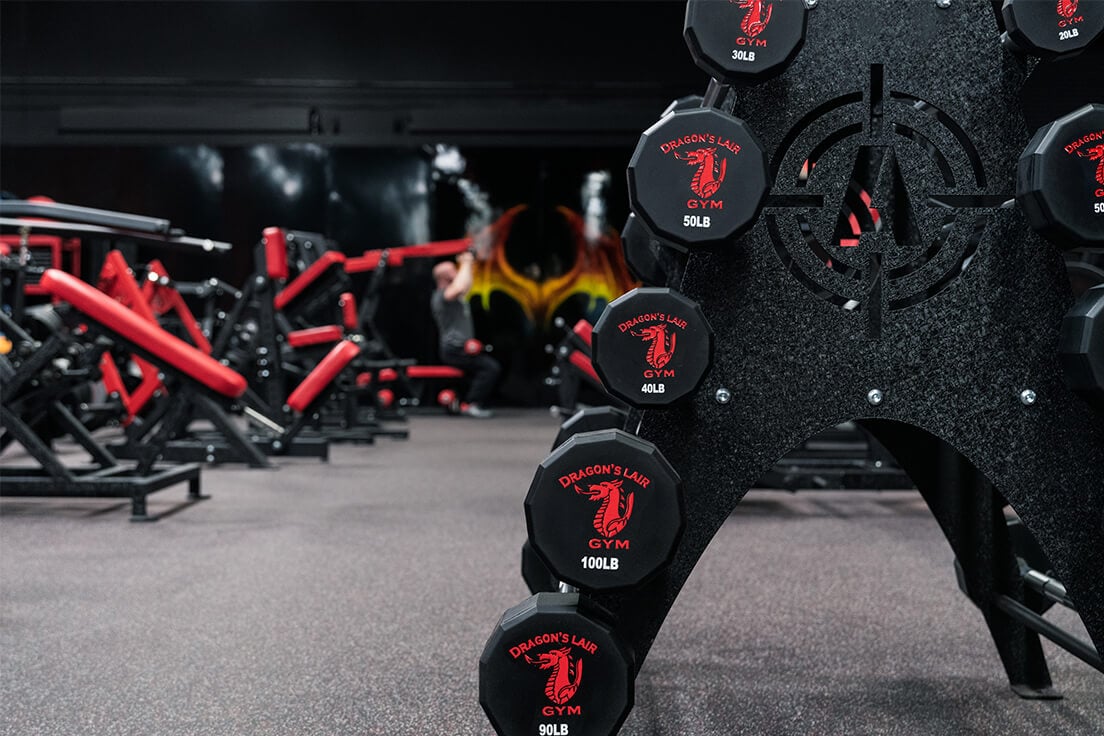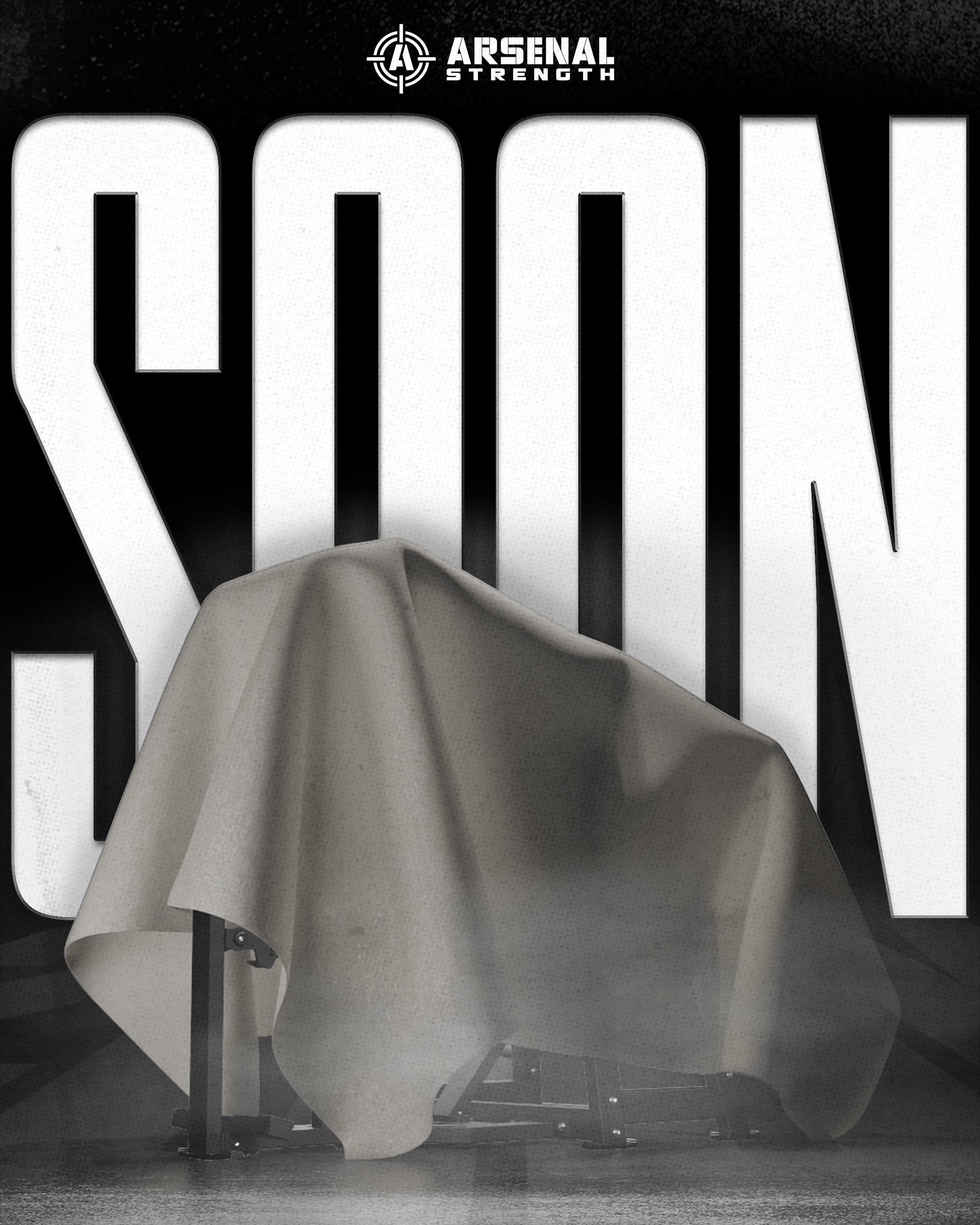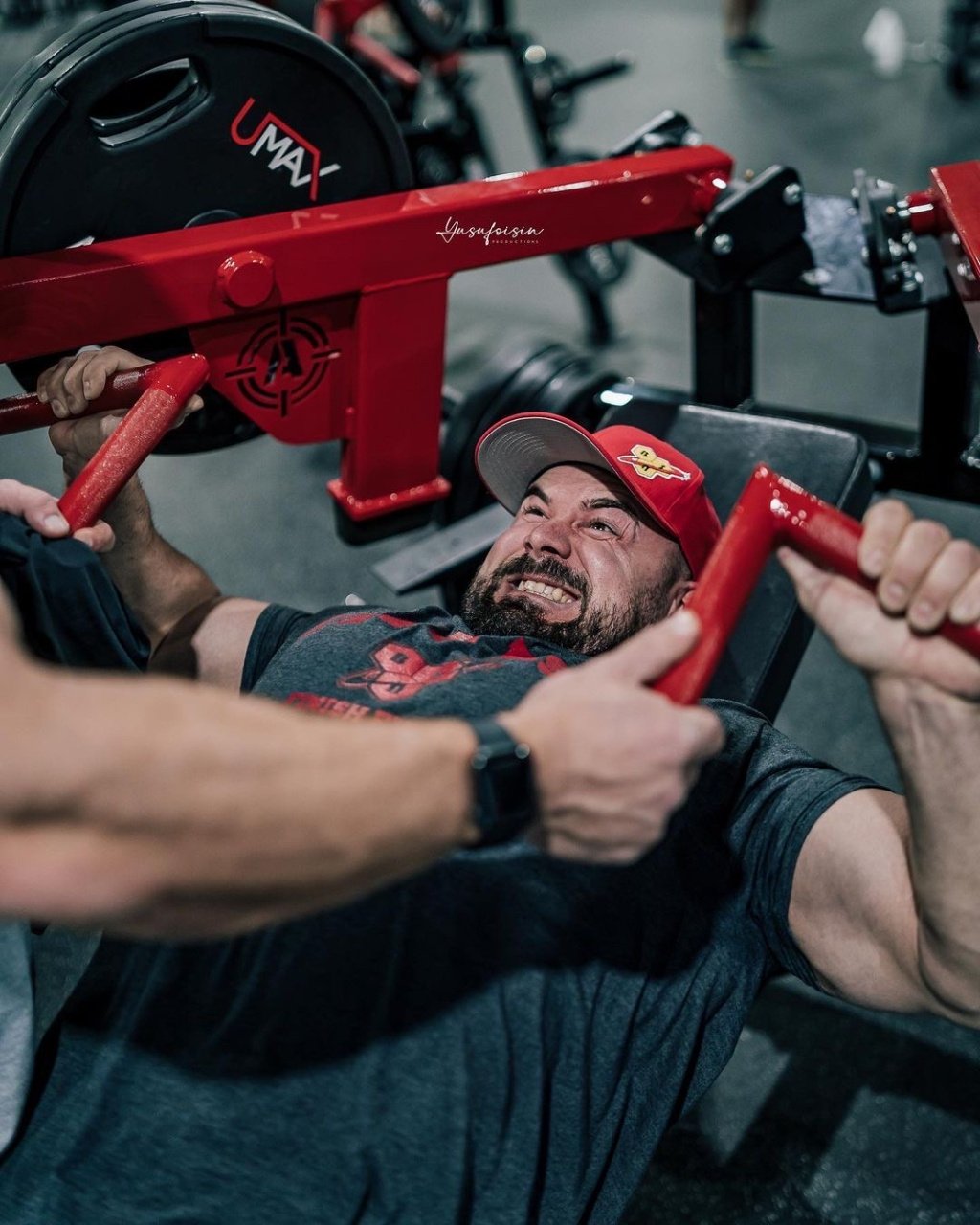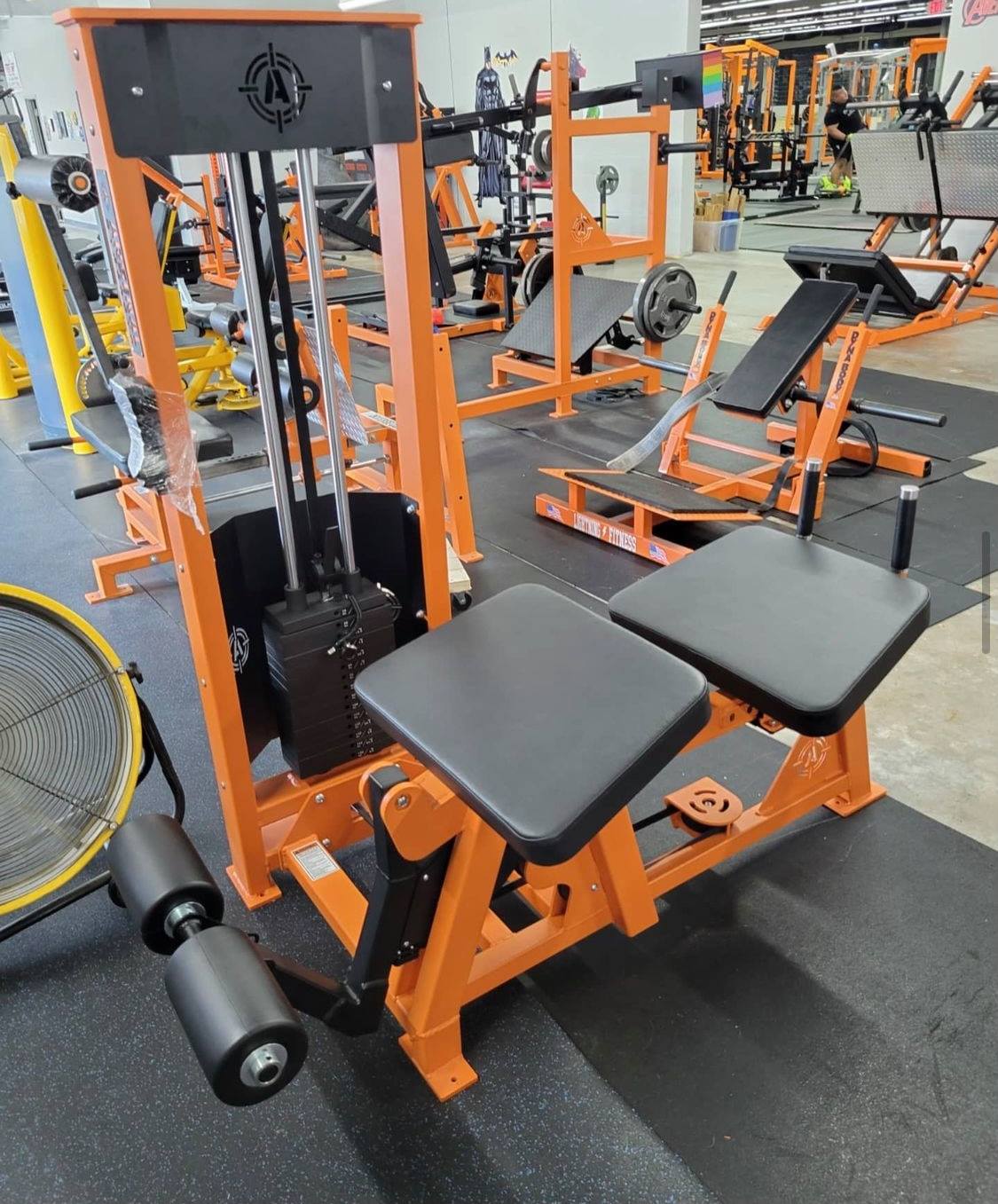Pec Deck Alternatives A Comparison of Upper Chest Exercises
The pec deck, also known as the pec fly machine, is a gym staple for the chest. Not everyone has access to this machine and some prefer alternatives that offer similar or better benefits. Bodyweight exercises are versatile alternatives that can be enhanced using suspension trainers like TRX. In this article, we will explore pec deck alternatives and compare them to other upper chest exercises so you can make informed decisions about your workout. We will get into the mechanics, benefits, and drawbacks of each exercise so you can have a full understanding of how to optimize your chest workouts.
Pec Deck Machine
Before we get into alternatives, let’s understand what makes the pec deck machine popular. The pec deck machine, also known as the chest fly machine, isolates the pectoral muscles, specifically the chest through a fly motion. You sit on the machine and push the handles together, bringing your arms towards the center of your body which engages the pectoralis major and minor muscles.
Benefits of the Pec Deck Machine
Isolation
Targets the chest muscles directly, ensuring constant tension on the target muscle groups with minimal involvement of other muscle groups.
Controlled Motion
The machine allows for a consistent range of motion and constant tension, reducing the risk of poor form.
Beginner Friendly
Easy to use for those new to weightlifting or rehabbing an injury.
Drawbacks of the Pec Deck Machine:
Limited Range of Motion
The fixed path limits muscle engagement compared to free weights.
Availability
Not all gyms have a pec deck machine.
Over-reliance on Machines
May underdevelop the stabilizing muscles used in free weight exercises.
Pec Deck Alternatives
1. Dumbbell Flyes
Lie on a flat bench with a dumbbell in each hand, palms facing each other. Lower the dumbbells out to the sides, keeping your elbows slightly bent, then bring them back together above your chest.
 Benefits:
Benefits:
- Range of Motion: More flexibility and range of motion than the pec deck.
- Stabilizer Engagement: Engages stabilizing muscles, overall chest strength, and stability.
Drawbacks:
- Form Dependency: Requires good form to avoid shoulder strain.
- Spotter Needed: Good to have a spotter for heavy weights to ensure safety.
2. Cable Flyes
Stand between two cable machines with the handles set at chest height. Ensure you achieve the correct starting position by standing upright with your feet shoulder-width apart and your core engaged. Grab the handles, step forward and bring the handles together in front of your chest, keep a slight bend in your elbows.
Benefits:
- Continuous Tension: Provides tension throughout the movement, more muscle engagement. Additionally, cable flyes are excellent for activating the anterior deltoids, which play a crucial role in shoulder muscle activation and injury prevention.
- Versatility: Can target different parts of the chest at various angles.
Drawbacks:
- Equipment Required: Requires access to a cable machine.
- Skill Level: Can be challenging for beginners to maintain good form.
3. Push-Ups
Do a push-up by placing your hands slightly wider than shoulder width apart, lower your body until your chest almost touches the ground, then push back up. This variation engages your shoulder muscles, enhancing their activation and development.
 Benefits:
Benefits:
- No Equipment Needed: Can be done anywhere, anytime.
- Functional Strength: Engages multiple muscle groups, overall upper body strength.
Drawbacks:
- Progressive Overload: Hard to progressively overload without adding external weight.
- Form: Requires good form to avoid wrist and shoulder strain.
4. Bench Press (Incline and Flat)
Lie on a bench (incline or flat) with a barbell or dumbbells. Using an incline bench for variations like the incline bench press can enhance muscle engagement, especially in the upper chest. Lower the weight to your chest and press it back up.
 Benefits:
Benefits:
- Includes compound movement which engages multiple muscle groups, chest, shoulders, and triceps.
- Increases strength gains and is good for overall upper body strength.
Drawbacks:
- Requires a bench, weights, and ideally a spotter for safety.
- Higher risk of injury if done with poor form or too much weight, especially to the shoulder joints. Proper form is crucial to protect the shoulder joints and avoid excessive stretching.
Pec Deck Alternatives vs Upper Chest Exercises
Dumbbell Flyes vs Pec Deck
Dumbbell flyes have more range of motion and engage the stabilizer muscles which can lead to more muscle activation and growth. But they require good form and can strain the shoulders if done incorrectly. The pec deck machine provides a controlled and consistent movement but may not engage the muscles as much as dumbbells due to the fixed path.
Dumbbell flyes are better for muscle activation and growth, but pec deck is better for beginners or those who need controlled movement.
Cable Flyes vs Pec Deck
Cable flyes provide continuous tension and versatility, can target the chest at various angles. This versatility can lead to better muscle development. But cable machines require a certain skill level and are not as accessible as the pec deck machine.
Cable flyes are more versatile and effective for muscle development, but pec deck is more user-friendly for beginners.
Push-Ups vs Pec Deck
Push-ups are a functional exercise that engages multiple muscle groups and can be done anywhere. They are good for overall upper body strength but hard to progressively overload. Pec deck isolates the chest muscles and can adjust the weight easily.
Push-ups are better for functional strength and versatility, pec deck is better for targeted muscle isolation and easy progression.
Bench Press (Incline and Flat) vs Pec Deck
Bench press is a compound movement that builds overall upper body strength and mass. Engages multiple muscles, good for strength training. But higher risk of injury if not done correctly. Pec deck is a safer isolated movement, good for chest-specific work.
Bench press is better for overall strength and muscle mass, pec deck is safer for isolated chest training.
Pec Deck Alternatives in Your Workout
To maximize chest development, it’s good to have a variety of exercises in your routine. Here’s how you can structure a balanced chest workout using pec deck alternatives:
Warm-Up:
Start with a light warm-up to get the blood flowing and warm up your muscles. 5-10 minutes of dynamic stretches and light cardio is ideal.
Compound Movements:
Bench Press (Incline and Flat): Start with bench press to use up your energy on this compound movement. 3-4 sets of 6-10 reps.
Isolation Exercises:
Dumbbell Flyes: Follow up with dumbbell flyes to target the chest with more range of motion. 3-4 sets of 10-12 reps.
Cable Flyes: Add cable flyes to maintain continuous tension on the muscles. 3 sets of 12-15 reps.
Bodyweight Exercise:
Push-Ups: Incorporate push-ups to add functional strength. 3 sets of as many reps as you can, with proper form.
Cool Down: Finish with a cool down that includes static stretches to improve flexibility and reduce muscle soreness.
Using the Pec Deck Machine to Maximize The Benefits
The pec deck machine is a good tool for isolation and development of the chest muscles but not the only one. Dumbbell flyes, cable flyes, push-ups, and bench press all have their own benefits and can be alternative or addition to pec deck. By understanding the mechanics, benefits, and drawbacks of each exercise you can have a balanced chest workout that will maximize muscle growth and strength. Whether you’re a beginner or advanced lifter, having a variety of exercises will ensure balanced development and make your workouts fun and effective.
Frequently Asked Questions About Alternatives to Pac Deck
What’s the benefit of dumbbell flyes over pec deck?
A: Dumbbell flyes have more range of motion and engage stabilizers which means more muscle activation and growth. This exercise develops overall chest strength and stability, more functional than the pec deck machine.
How do cable flyes compare to pec deck?
A: Cable flyes have continuous tension throughout the movement, more muscle engagement. They’re also versatile, you can target different parts of the chest at different angles. Pec deck machine is more user friendly for beginners, but cable flyes are more effective for overall muscle development.
Can push-ups replace pec deck in a chest workout?
A: Push-ups are a functional exercise that can be done anywhere and engage multiple muscle groups, great for overall upper body strength. They may not isolate the chest muscles as well as pec deck machine, but push-ups are great for functional strength and versatility.
What are the benefits of including bench press (incline and flat) in a chest workout?
Bench press are compound exercises that engage multiple muscle groups, chest, shoulders and triceps. They’re good for overall upper body strength and muscle mass. But proper form and a spotter is recommended to reduce the risk of injury.
How do I do dumbbell flyes to avoid shoulder strain?
To do dumbbell flyes lie on a flat bench with a slight bend in your elbows and palms facing each other. Lower the dumbbells slowly to the sides, keeping the bend in your elbows and bring them back together above your chest. Focus on controlled movement and use lighter weights to maintain proper form and avoid shoulder strain.
What are the downsides of pec deck compared to free weight exercises?
A: The downsides of pec deck are limited range of motion and fixed path which reduces muscle engagement compared to free weights. Also relying on pec deck may underdevelop stabilizers which are important for overall strength and stability.
How do I structure a balanced chest workout with a pec deck alternative?
The best structure is one that follow the example below.
Warm-Up: 5-10 minutes of dynamic stretches and light cardio.
- Compound Movements: Bench press (incline and flat) 3-4 sets of 6-10 reps.
- Isolation Exercises: Dumbbell flyes 3-4 sets of 10-12 reps, cable flyes 3 sets of 12-15 reps.
- Bodyweight Exercise: Push-ups 3 sets as many reps as you can with proper form.
- Cool Down: Static stretches to improve flexibility and reduce soreness.
Additional Rear Delt FLy and Pec Deck Resources:






